BSS123 vs BSS138: Which is Best?
N-Channel Logic Level Enhancement Mode Field Effect Transistor
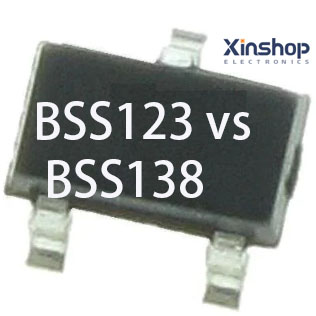
When it comes to selecting the right transistor for your electronic projects, it's important to consider various factors such as voltage, current, and applications. In this article, we will compare two popular MOSFET transistors, the BSS123 and the BSS138, and explore which one might be best suited for your needs.
BSS123 vs BSS138 Description
These N-Channel enhancement mode field effect transistors are manufactured using onsemi's exclusive DMOS technology, which features a high cell density. The aim of these transistors is to reduce on-state resistance while offering robust, dependable, and speedy switching capabilities. They are specifically well-suited for applications that involve low voltage, low current, such as controlling small servo motors, driving power MOSFET gates, and various other switching tasks.
BSS123 vs BSS138 Pinout
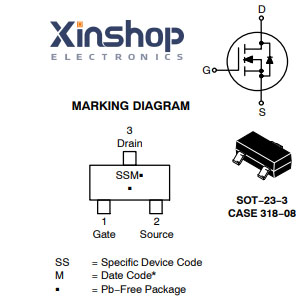
BSS123 vs BSS138 CAD-Model
BSS123 CAD-Model
Symbol
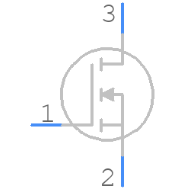
Footprint
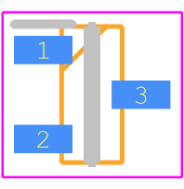
3D-Model
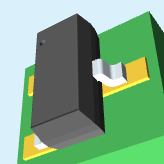
BSS138 CAD-Model
Symbol

Footprint

3D-Model
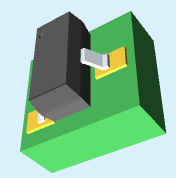
BSS123 vs BSS138 Features
BSS123 vs BSS138 package
BSS123 Package
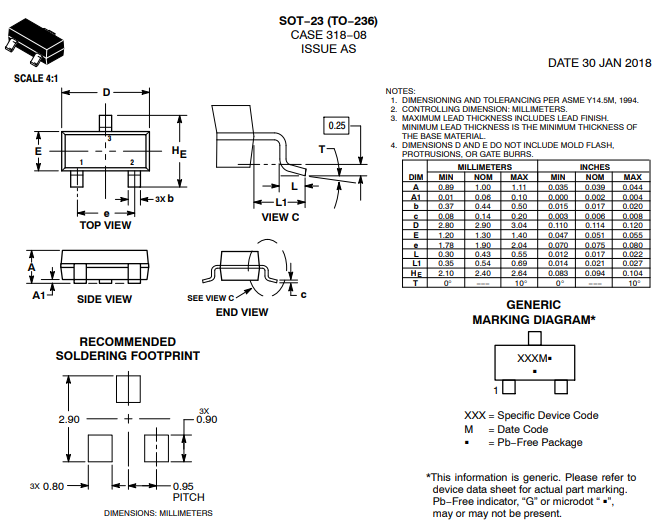
BSS138 Package
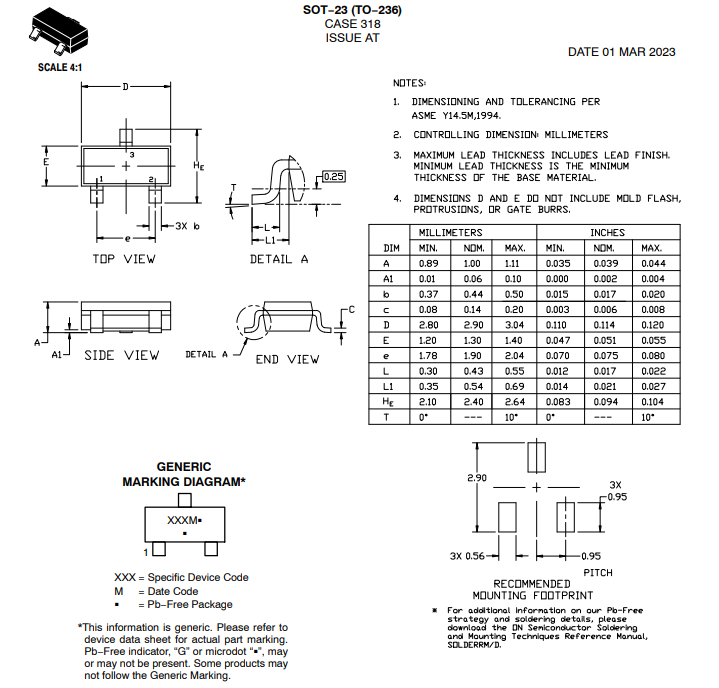
First, let's understand the basic differences between the BSS123 and the BSS138. Both transistors are N-channel enhancement mode MOSFETs, which means they can be used as switches or amplifiers in electronic circuits. However, there are some key distinctions that set them apart.
The BSS123 is a low voltage, low current transistor with a maximum drain-source voltage (Vds) of 100V and a maximum drain current (Id) of 170mA. It is commonly used in low-power applications such as signal switching, level shifting, and small load driving. Due to its low voltage and current ratings, the BSS123 is not suitable for high-power applications.
On the other hand, the BSS138 is also a low voltage transistor but can handle higher currents compared to the BSS123. It has a maximum Vds of 50V and a maximum Id of 220mA. The BSS138 is often used in power management, motor control, and general-purpose switching applications, where slightly higher power requirements are needed.
So, which one is best for your project? It depends on your specific requirements. If you are working on a low-power circuit and need a transistor that can handle low voltage and current levels, the BSS123 might be the right choice. Its maximum Vds of 100V and maximum Id of 170mA make it suitable for such applications.
However, if your project involves higher current demands or you need a transistor for power management or general-purpose switching, the BSS138 would be a better option. With a maximum Vds of 50V and maximum Id of 220mA, it can handle slightly higher power requirements compared to the BSS123.
It's worth noting that both transistors are readily available and affordable, making them popular choices for hobbyists and professionals alike. Additionally, they are surface-mount devices (SMD), which means they are designed for use on PCBs and require soldering skills for installation.
In conclusion, when choosing between the BSS123 and the BSS138, it's crucial to consider the voltage and current requirements of your project. While the BSS123 is suitable for low-power applications, the BSS138 can handle higher currents and is better suited for power management and general-purpose switching. Carefully evaluate your project's needs and select the transistor that aligns with your specific requirements for optimal performance.
Visit to get BSS138 datasheet, BSS123 datasheet and specification


















